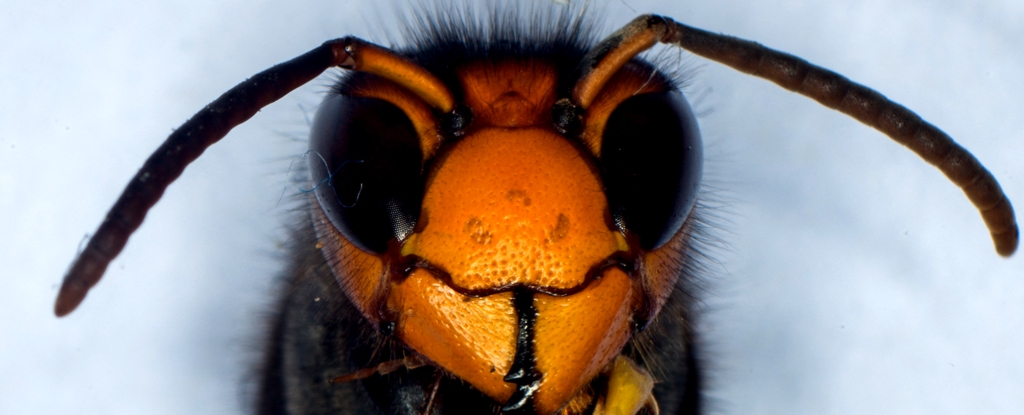Get the latest Science News and Discoveries
Mode switching control for drag-free satellite based on region of attraction - EurekAlert
In recent decades, drag-free satellites have been used in high-precision missions, such as testing the general relativity, verifying the geodetic and frame-dragging effects, measuring Earth’s gravity field, etc. In the space gravitational wave detection, drag-free satellites play an important role. Previous research on the drag-free satellite has focused on the drag-free control algorithm. Nevertheless, science mode and nonscience mode have different control forces, sensor measurement range, measurement noise, and reaction force noise. Therefore, the different controllers for the capture control mode and the high-accuracy control mode of the test mass (TM) need to be designed. However, it is easy to cause system instability or even uncontrollable when switching between different controllers. Research on the switching control between different modes is very important. In the drag-free satellite, there is little research on the switching control between different modes. Besides, multi-degree of freedom strong coupling and controller saturation remains an urgent problem to be solved. In a research paper recently published in Space: Science & Technology, researchers from Shanghai Institute of Satellite Engineering, China, Sun Yat-sen University, China, and Tohoku University, Japan, together propose a switching rule to improve the efficiency and stability of the mode switching process for the drag-free satellite system after TM releases.
None
Or read this on Eureka Alert
